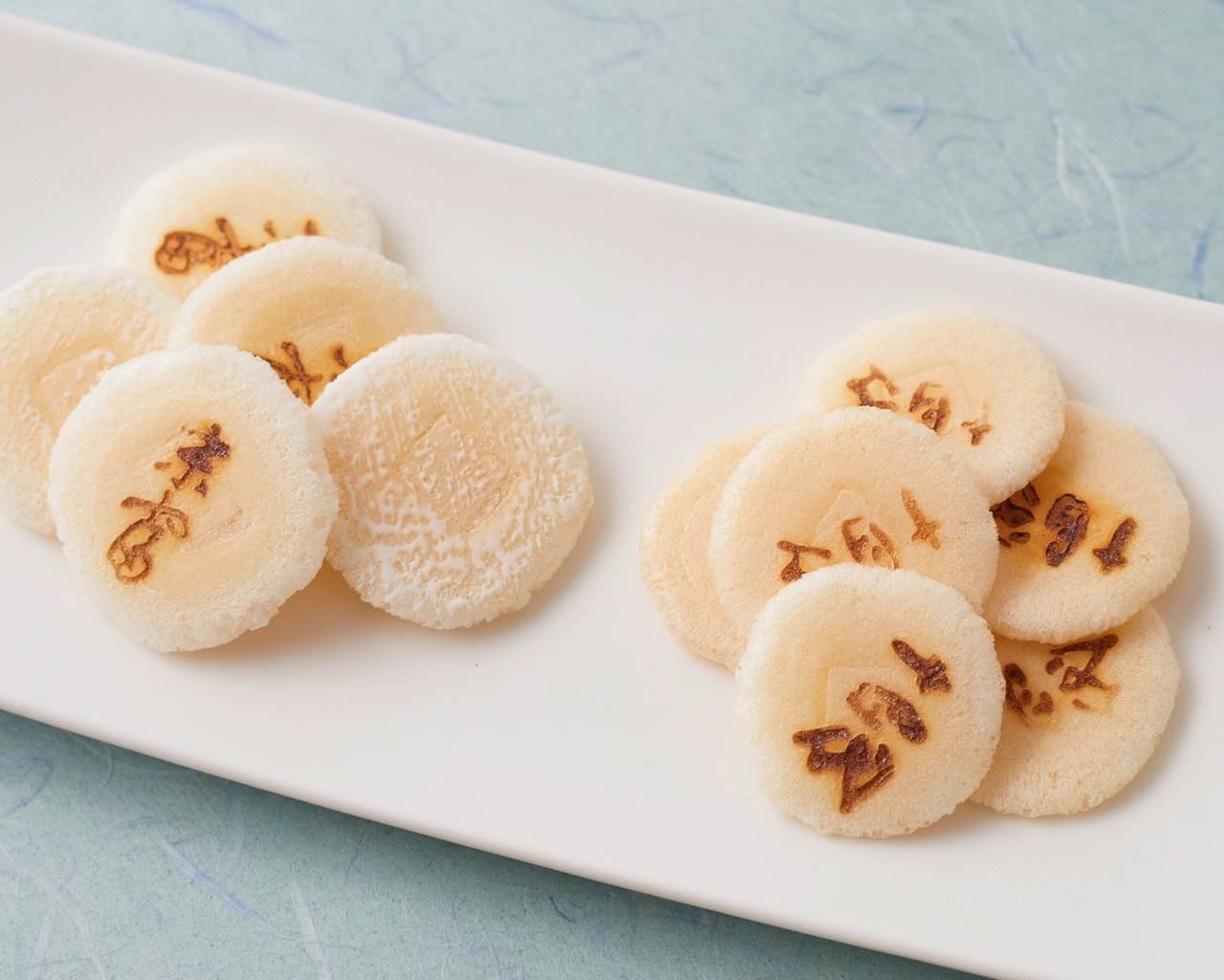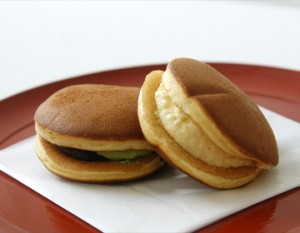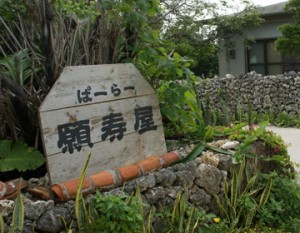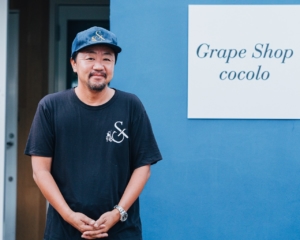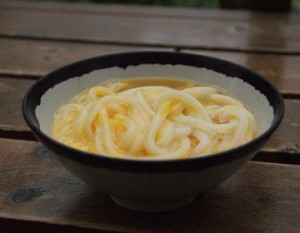A Japanese confectionery established in Kyoto in 1893.
The charm of Kyoto sweets is that they can be enjoyed not only by the sense of taste, but also by the eyes through their colors and shapes, and by the ears through the names of the sweets.
While preserving the traditions and formalities of the past, we also remain innovative and
continue to produce attractive Kyoto-style confections.
Wagashi Craftsman’s Passion for Wagashi

This historic Japanese confectionery was founded in 1893.
Initially, they made dried confections and steamed confections for temples, shrines, and tea masters, but it was the “vegetable rice crackers” that they released after the war that made Suehomi famous. Vegetable rice crackers are so-called “egg rice crackers” baked with a thin mixture of Kyoto vegetables such as lotus root from Ogura Pond, burdock root from Horikawa, and sprouts from Kurama. The egg sembe, which is supposed to be a children’s snack, has been transformed into an elegant sembe that even adults will enjoy. Of course, the fresh sweets are also known for their delicious taste.
Sue-Tomi Blue” has been popular since the old days.
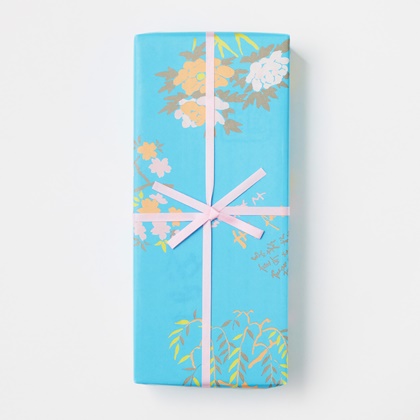
The “Sue-tomi Blue” wrapping paper is one of the synonyms of Sue-tomi.
One of the reasons why Sue-tomi’s sweets are very popular as “errand gifts” is the beautiful wrapping paper. The blue color, called “Suehomi blue,” is a special color that combines transparency and eye-catching vividness, giving it a Japanese, rather than Western, flavor. After the war, the second generation of Suetomi asked a Japanese-style painter to design a new wrapping paper, which was created through repeated discussions and trial and error. The wrapping paper is innovative without being too flashy, and gives a clean and elegant impression, further enlivening the mood of those who are connected by Suehomi’s Japanese sweets.

This time, Nakata took on the challenge of making fresh confections. What impressed him was that he stamped “Hide” on each completed confectionery with a baking iron. However, since each piece is made by hand, it takes a craftsman with many years of experience to create a beautifully finished wagashi. Suehomi’s confections are also appreciated as “souvenirs,” and this is because they are particular about their wrapping paper. The beauty of this wrapping paper, called “Sue-tomi blue,” is a translucent pale blue color, which makes you feel excited even before you eat it. It is the kind of care that only a professional would show.
Sue-tomi creates sweets unique to Kyoto with the people who eat and buy them in mind. The passion of Suefuji’s passion is evident in his passion for his sweets, and he does not rest on his laurels as a long-established brand.

Kyoto is a city that has been a part of Japanese culture for centuries, and its confections are full of a playful and sophisticated spirit. Through Suehomi’s wagashi, we have been and will continue to study hard to bring you “dreams and fun” that only Kyoto can offer.



